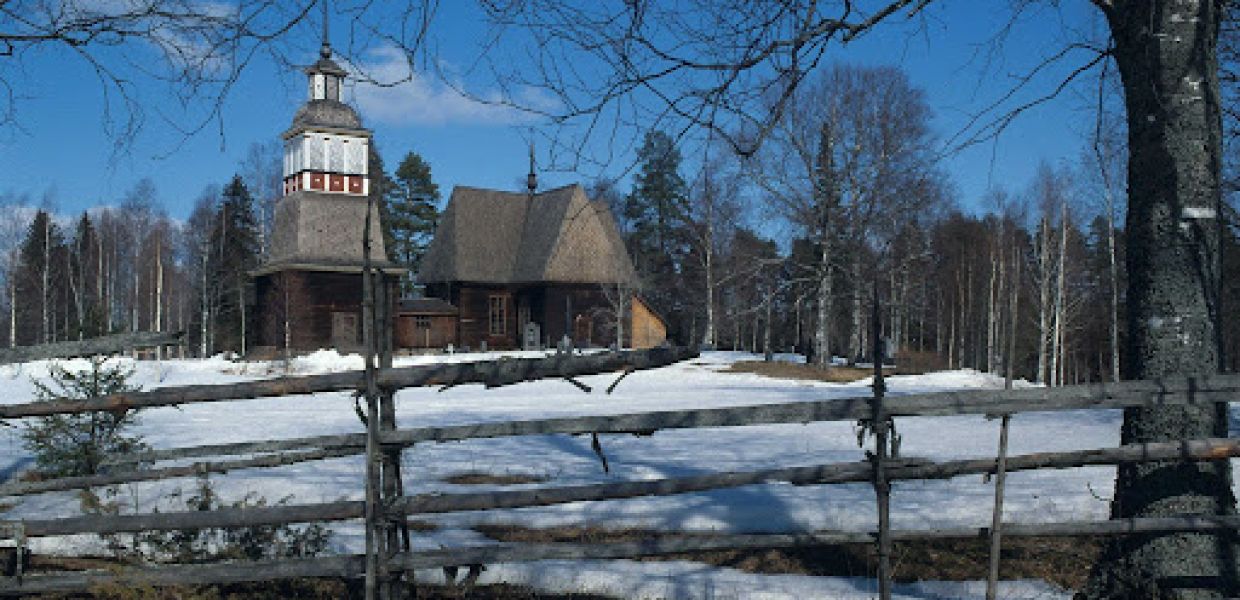The 3D digitisation process
The Finnish Heritage Agency has experience and equipment in-house for small scale 3D-digitisation work which is concentrated around collection objects. Larger 3D digitisation projects are outsourced to external companies. These are usually procured by the Cultural Environment Department, for restoring and monitoring historical buildings.
One of the goals of the World Heritage 3D project was to create and preserve as high quality 3D data as possible, which could be used as the basis of reconstruction if needed. In order to operate safely and protect the site, and to determine what sort of 3D-data would best support the protection and preservation of the Church, it was important to thoroughly understand the building. Built heritage experts from both FHA and the Evangelical Lutheran Church of Finland were closely involved. We chose the Finnish data modelling company Tietoa Finland Oy to carry out the digitisation according to our plans and instructions. The final work plans were drawn after visiting the site in Petäjävesi together with FHA and Tietoa Finland staff.
The field work lasted about two weeks in September 2023. The Church was captured from inside and outside with the help of laser scanners, cameras, tachymeters and drones. As rewarding a subject as the Church turned out to be, it was by no means an easy one. There was very little light inside the foundations and roof structures; the complex geometry of criss-crossing wooden beams and bars made scanning sometimes painfully slow; and we had to use proper equipment to protect ourselves against the risk of viruses. The amount of final raw data and project files is massive – some 5 terabytes altogether - and over 7,000 photographs alone were taken.
Processing of the data was finished by the end of 2023. The cleaned, raw data and a mammoth-sized final, textured OBJ-model of the whole Church, were preserved in FHA archives. Optimised 3D-models that could be shared with audiences via the internet were published both on Finna.fi and Europeana.eu in early 2024. Publishing was done in cooperation with the Finnish National Library, who maintains the Finna-service, and is also our national aggregator for Europeana.
The Petäjävesi models were the first 3D-models from Finland ever to be published in Europeana.eu. This meant some new changes and tweaking for the Formula-service, which the National Library uses to transfer metadata and digital objects to Europeana.eu.
We produced a short documentary about the progress of the 3D digitisation project - watch it below!


